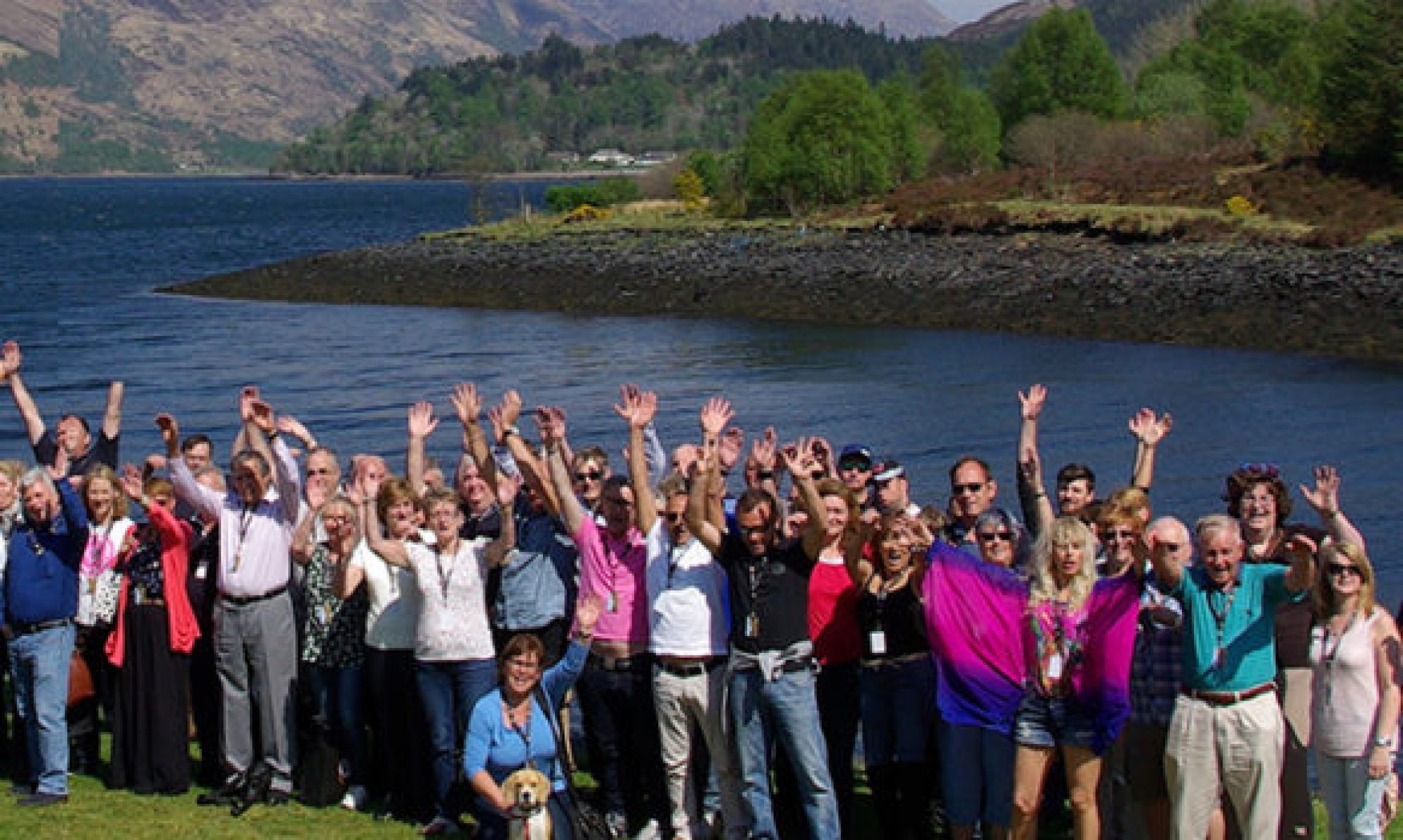When I started Highland Titles in 2006, it was with a view to fund the planting of Scottish trees in Scotland. Years of government grants have expanded the number of exotic trees at the expense of native trees. Unfortunately most softwoods, planted at the densities desired by commercial forestry, provide nothing of value to any other animals or plants. A Sitka plantation is a sterile desert as far as Scottish wildlife is concerned.
But what to plant and where? The first question that we faced was what trees to plant and by that I mean not just what species, but where did the seeds come from?
It is important to use local stock for planting native species. Genetic adaptation to environmental factors has developed over time making it important to plant trees grown from locally sourced seeds. Even more important is to avoid imported trees, which are often available at a discount, but which can bring into the region pests and diseases that have no resistance in the local tree stock. An example of this is Ash Dieback – also known as Chalara dieback of ash. This is a disease of ash trees caused by a fungus called Hymenoscyphus fraxineus. (The fungus was previously called Chalara fraxinea, hence the name of the disease.
Since we planted our first trees in 2007, we have relied upon the professionalism of a local tree nursery, Taynuilt Trees. They are a small family-run nursery in Taynuilt, Argyll just a few miles from our Duror nature reserve. Taynuilt Trees specialise in tree species native to North Argyll. All their stock is traditionally grown in the open ground from seed they collect ourselves in the surrounding woods using a traditional rotational growing system. We will doubtless continue to make use of Taynuilt Trees, but this year we plan to create our own tree nursery to supplement Taynuilt stock – using seeds collected in our own woods at Duror and where we can get permission, surrounding native woods. We plan to collect seeds from at least 20-30 well dispersed parent trees.
More news later.



I volunteered for Trees for Life about 20 years ago. We all stayed in a hostel in Achnashellach run by a character called Gerry Howkins, who sadly died this year. One of the best weeks of my life. Keep up the good work.
Choosing suitably adapted seed sources has always been important in forestry. Local adaptation is likely to be greater where
environmental gradients are stronger, eg in the north west of Scotland. Natural regeneration should always be preferred around semi-natural woodlands. Where planting is needed you are right to use indigenous origin planting stock from well-matched sites in the locality. I enjoyed my visit in August and a long chat with David. Glad to hear your plans for growing your own trees.